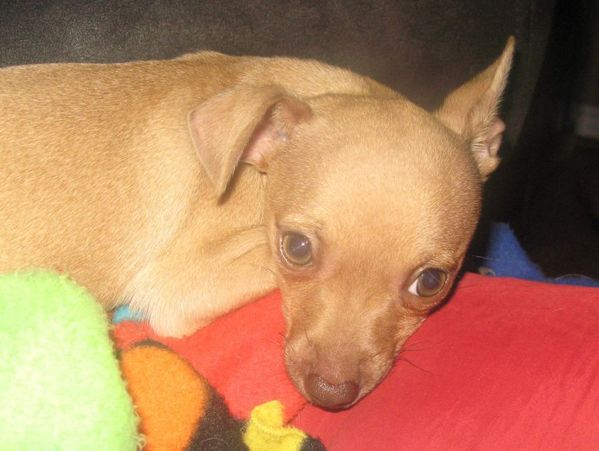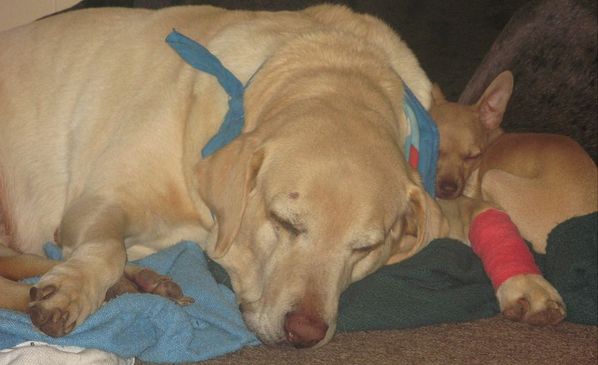Is your pooch mad for people food? Does your kitty like to self-medicate? Sadly, not everything we love is good for us. In fact, many common household goods that we take for granted as harmless can poison our furry friends. In 2009, the ASPCA Animal Poison Control Center in Urbana, IL, handled more than 140,000 cases of pets exposed to toxic household substances, including insecticides, cleaning supplies and prescription medications.
To help you keep your pet safe and sound in 2010, our experts have created a list of the 10 common poisons that most affected our furry friends last year. Here’s a sneak peek at their advice:
- Top dishonors—once again—go to human medications, which accounted for the most calls to the ASPCA’s 24-hour poison control hotline in 2009. Pets often snatch pill vials from counters and nightstands or gobble up meds accidentally dropped on the floor. Remember to keep all medications, including pain remedies, antidepressants and decongestants, in a cabinet far away from pets’ prying paws.
- Cats and dogs are often the unwitting victims of our efforts to battle flea infestations. The misapplication of spot-on flea and tick products can be especially problematic for our feline friends. Talk to your vet about choosing the right, species-specific flea treatment for your pet and never use products made for dogs on cats, and vice versa.
- Some of the most delicious people food—including citrus, avocado and raisins—can be poisonous to pets. Chocolate ingestion accounted for nearly half of all people food-related cases in 2009, so be sure to keep cocoa hidden from your resourceful cat or dog.
- Pet parents also need to remember to protect their cats and dogs from common household cleaners such as bleaches, detergents and disinfectants. These products, when inhaled by our furry friends, can cause serious gastrointestinal distress and irritation to the respiratory tract.
- Household plants may keep your house green and your air clean, but some can cause serious gastrointestinal problems for companion animals who nibble on them. Check out our toxic plant list before your next visit to the nursery.
As always, if you suspect your pet has ingested something toxic, please call your vet or the ASPCA’s 24-hour hotline at (888) 426-4435. To read our complete list of the 10 most common pet poisons of 2009, visit APCC online.







